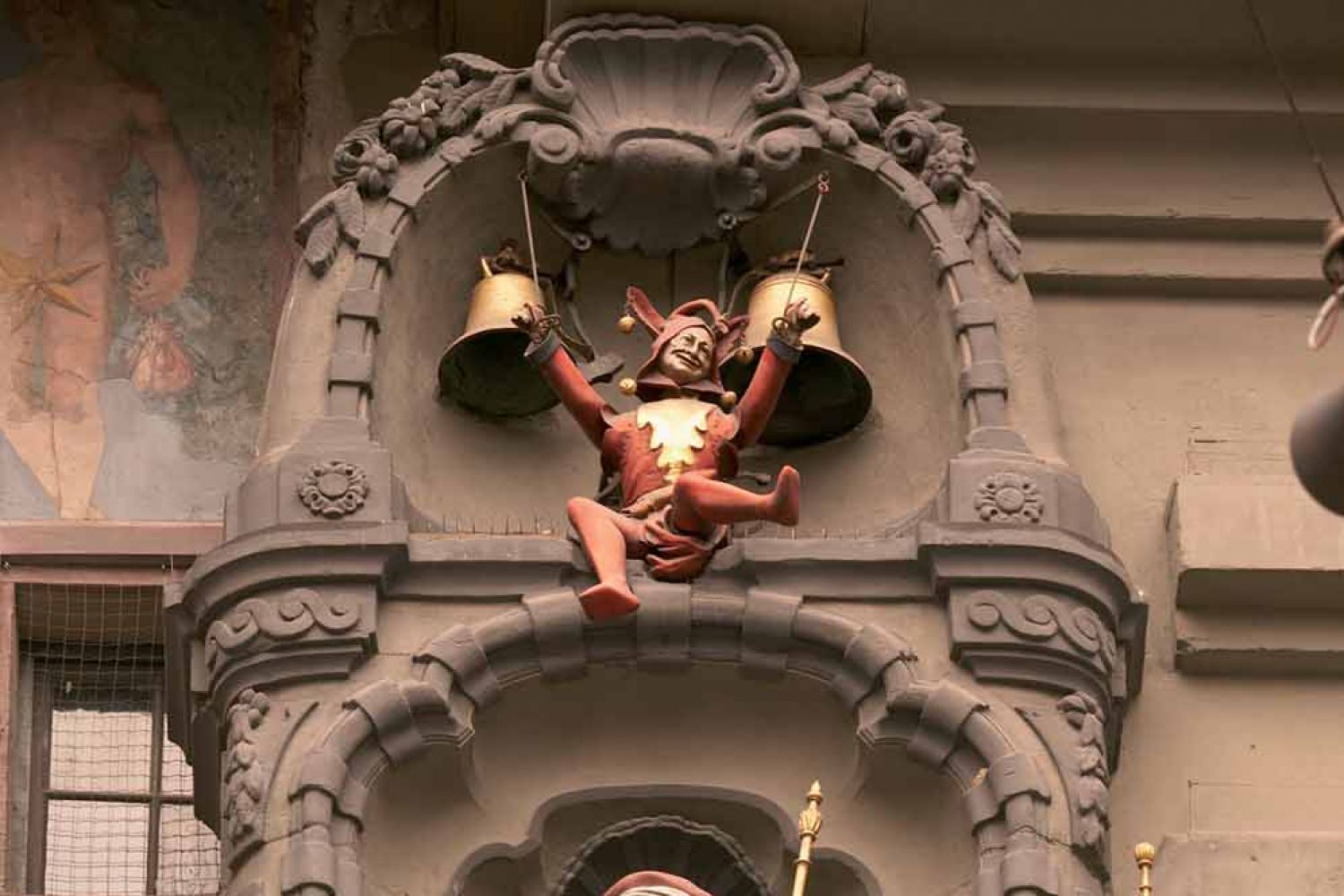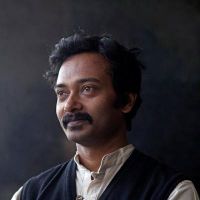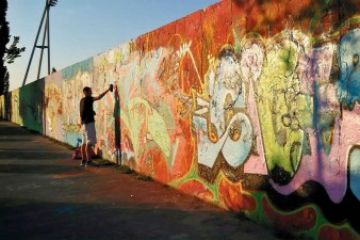
“My
designation?” The small,
precise, bespectacled Swiss gentleman paused for a moment before mouthing an
interminable German word that sounded like a little sentence. “It means”, he
said, “the governor of time”.
We were
standing inside the 13th century clock tower in the beautifully preserved
medieval city of Bern. It is the kind of place where it seems entirely
appropriate that time should have a governor, and that this person should be a
neat old Swiss German gentleman.





